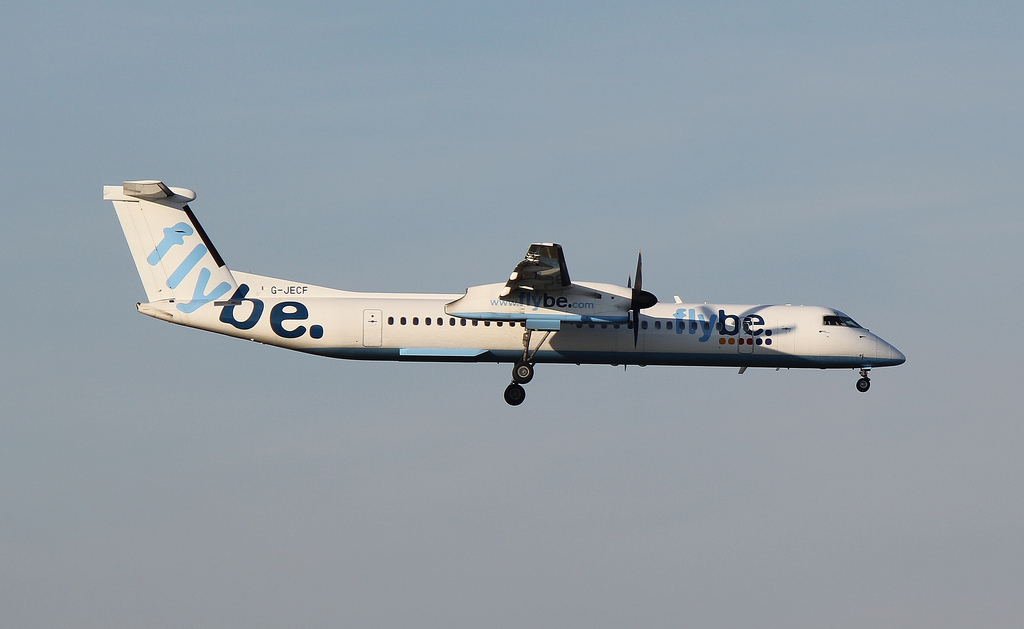Flybe DH8D at Exeter on Sep 11th 2010, distracted crew causes EGPWS warning
Last Update: June 14, 2012 / 13:51:50 GMT/Zulu time
A Flybe de Havilland Dash 8-400, registration G-JECF performing flight BE-1794 from Bergerac (France) to Exeter,EN (UK) with 49 passengers and 4 crew, was on approach to Exter's runway 26 descending through 3300 feet MSL towards 2600 feet MSL with au...
A Flybe de Havilland Dash 8-400, registration G-JECF performing flight BE-1794 from Bergerac (France) to Exeter,EN (UK) with 49 passengers and 4 crew, was on approach to Exter's runway 26 descending through 3300 feet MSL towards 2600 feet MSL with au
You've hit your monthly reading limit
Get a subscription or get a day pass right now and read this article and over 15'000 more.
Incident Facts
Date of incident
Sep 11, 2010
Airline
Flybe
Flight number
FL-342
Departure
Not revealed
Destination
Not revealed
Aircraft Registration
N343434
Aircraft Type
De Havilland Dash 8 (400)
ICAO Type Designator
DH8D
You have reached your free reading limit for this month.
Subscribe to AeroInside now and continue reading without any limits.
Subscribe today
Are you researching aviation incidents? Get access to AeroInside Insights, unlimited read access and receive the daily newsletter.
Pick your plan and subscribePartner

ELITE Simulation Solutions is a leading global provider of Flight Simulation Training Devices, IFR training software as well as flight controls and related services. Find out more.
SafetyScan Pro provides streamlined access to thousands of aviation accident reports. Tailored for your safety management efforts. Book your demo today
AeroInside Blog
Popular aircraft
Airbus A320Boeing 737-800
Boeing 737-800 MAX
Popular airlines
American AirlinesUnited
Delta
Air Canada
Lufthansa
British Airways

